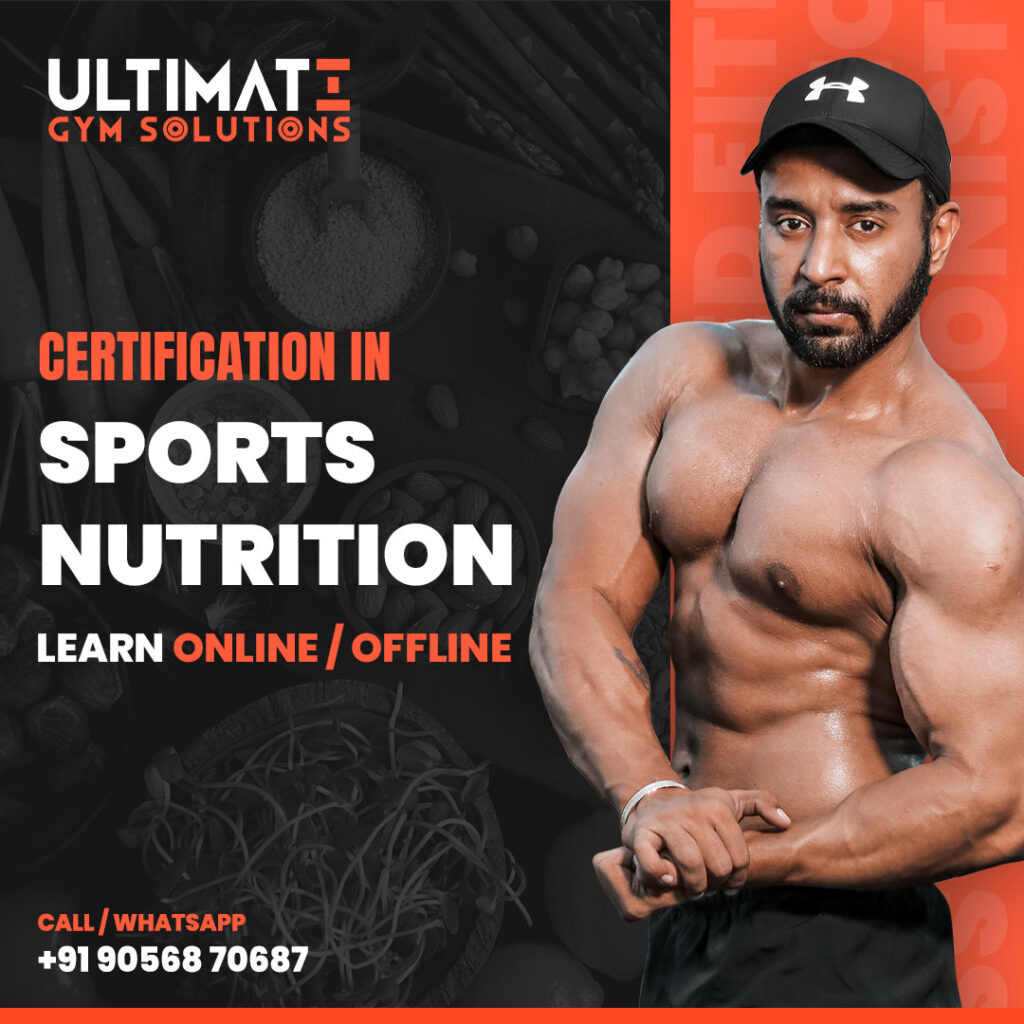Degree in sports nutrition
Eat 0.65 to 1 gram of protein for every pound you weigh (1.4 to 2.2 grams per kilogram). Some athletes may benefit from slightly more protein, but this is a good target for most https://thumbstub.com/no-deposit-bonus-codes/. This recommendation is based on research that shows this is the upper range needed to maximize muscle growth and training adaptations for most people.7,8
Whole grains are also a great source of protein, as long as they keep their fiber in them. One of the things that dietitians often think about when we’re working with a vegetarian or vegan is complementing their protein. If they have a bean or a legume with a grain, that’s a great way to make sure that they’re getting all the essential amino acids throughout the day.
This doesn’t mean, however, that you can’t enjoy butter or bacon (in moderation). Your goal: You want 80 to 90 percent of your fat intake to come from the “Eat More” and “Eat Some” columns of the food list below. The other 10 to 20 percent can come from whichever column you prefer.
5. Carson TL, West BT, Sonneville K, Zernicke RF, Clarke P, Harlow S, et al. Identifying latent classes of Relative Energy Deficiency in Sport (RED-S) consequences in a sample of collegiate female cross country runners. British Journal of Sports Medicine. 2022 Sep 22.
If you’re consistently nailing the essentials of sports nutrition, you may benefit from some additional attention to meal timing / nutrient timing and pre-workout nutrition / post-workout nutrition. Consuming the right foods and fluids anywhere from a few hours to right before and after your workout or competition can help you13:
Elite sports nutrition
The idea: Most of your protein—about 80 to 90 percent—should come from the “Eat More” and “Eat Some” columns. The other 10 to 20 percent can come from whichever column you prefer. This provides you with flexibility while still allowing you to nail the essentials.
Protein, carbs, and fat are known as macronutrients, or macros, and they’re key to nailing the essentials of sports nutrition. Getting the right amounts of each macronutrient ensures you’ll have the energy and raw materials you need to perform your best and get the results you want.
The idea: Most of your protein—about 80 to 90 percent—should come from the “Eat More” and “Eat Some” columns. The other 10 to 20 percent can come from whichever column you prefer. This provides you with flexibility while still allowing you to nail the essentials.
Protein, carbs, and fat are known as macronutrients, or macros, and they’re key to nailing the essentials of sports nutrition. Getting the right amounts of each macronutrient ensures you’ll have the energy and raw materials you need to perform your best and get the results you want.
6. Mountjoy M, Sundgot-Borgen J, Burke L, Carter S, Constantini N, Lebrun C, et al. The IOC Consensus statement: beyond the Female Athlete Triad—Relative Energy Deficiency in Sport (RED-S). British Journal of Sports Medicine. 2014 Mar 11;48(7):491–7.
We work with athletes and active people of all ages, educating them on how best to fuel their bodies. We believe nutrition is highly individualized and work closely with our clients to figure out what will help them succeed.
Sports nutrition degree
UNC’s MPH Nutrition concentration prepares students to provide, evaluate and communicate nutritional and dietary guidance that improves individual and population-wide health outcomes. In addition to developing their knowledge of nutrition science, students will explore behavior change, communication, counseling and the effects of dietary culture on individuals and communities.
Depending on your previous work experience, you may get lucky and be able to get a job as a full-time sports RD immediately after completing your internship. Quite a few newly registered dietitians start off working in a clinical setting, which is still an excellent way to expand your knowledge in nutrition. However, being a part of the two organizations mentioned above (SCAN, CPSDA) and networking will allow opportunities to see and apply for new job openings in the sports nutrition field.
At a public research university like K-State, you’ll have direct access to research opportunities from the start. K-State undergraduates have studied sustainable energy, cancer cells, musical lyrics and many other topics alongside nationally renowned faculty at K-State’s 90-plus research centers.
UNC’s MPH Nutrition concentration prepares students to provide, evaluate and communicate nutritional and dietary guidance that improves individual and population-wide health outcomes. In addition to developing their knowledge of nutrition science, students will explore behavior change, communication, counseling and the effects of dietary culture on individuals and communities.
Depending on your previous work experience, you may get lucky and be able to get a job as a full-time sports RD immediately after completing your internship. Quite a few newly registered dietitians start off working in a clinical setting, which is still an excellent way to expand your knowledge in nutrition. However, being a part of the two organizations mentioned above (SCAN, CPSDA) and networking will allow opportunities to see and apply for new job openings in the sports nutrition field.
At a public research university like K-State, you’ll have direct access to research opportunities from the start. K-State undergraduates have studied sustainable energy, cancer cells, musical lyrics and many other topics alongside nationally renowned faculty at K-State’s 90-plus research centers.

